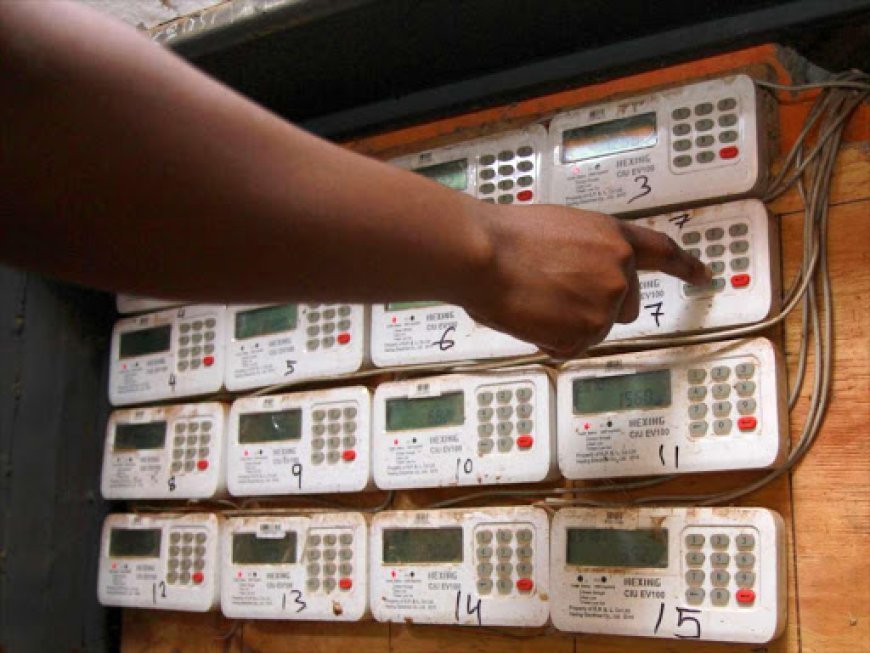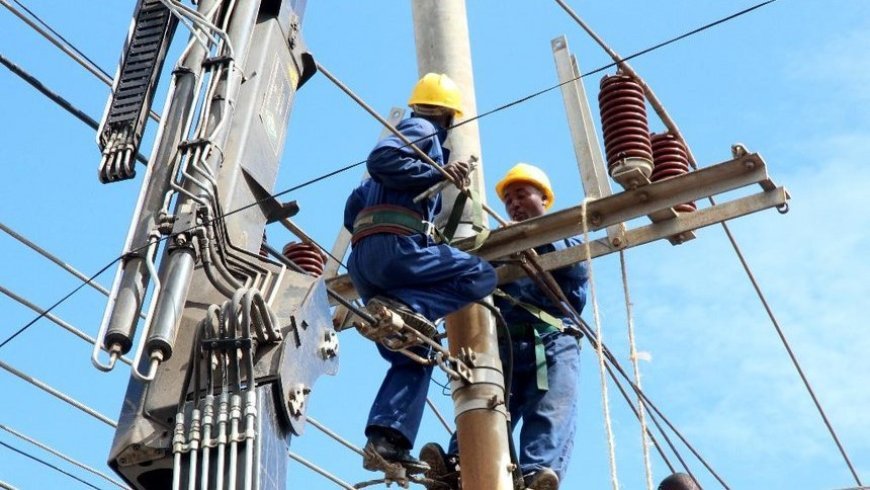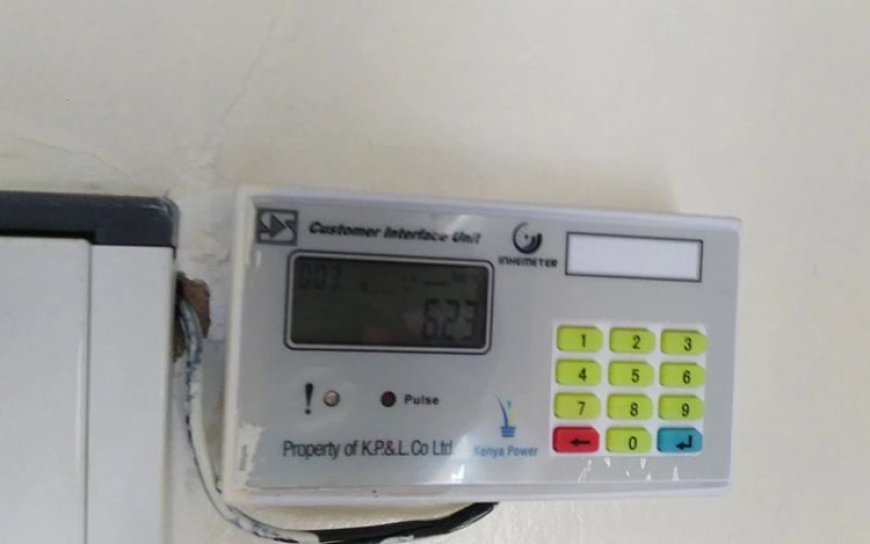Why You Are Buying Fewer Tokens With Same Amount Of Money: Kenya Power
Kenya Power explained that a customer's tariff category is based on their average electricity usage over a continuous three-month period.

Have you noticed that the same amount of money now buys fewer electricity units? Kenya Power has now attributed this to your tariff category.
Kenya’s monopoly electricity provider charges for power tokens using three tariff categories: Domestic Lifeline, Domestic Ordinary, and Commercial and Industrial tariffs.
In a statement issued on Monday, April 28, Kenya Power explained that a customer's tariff category is based on their average electricity usage over a continuous three-month period.

Kenya Power technicians at work. /KENYAN WALLSTREET
The Domestic Lifeline tariff — the most affordable option — is specifically aimed at low-income households, known as 'lifeline customers,' who have lower electricity consumption. Kenya Power noted that these customers benefit from special, subsidised rates.
"Kenya Power assigns customers to different tariff groups based on their electricity consumption. Today, we’re highlighting the most affordable option — Domestic 1. Domestic 1, also known as the Lifeline Tariff, offers special, lower rates to customers with minimal electricity needs," states Kenya Power.
"If your monthly consumption remains below 30 units for three consecutive billing periods (one calendar month each), you qualify for this tariff, at just Ksh 15 per unit."
The Lifeline Tariff is designed to make electricity more accessible for households with lower consumption, helping you manage your energy costs more effectively.
It is important to note that your tariff category is based on your average consumption over three months, not just a single month's usage.
The second category is Domestic Ordinary consumers. These customers use more than 30 units of electricity per month and pay higher rates than lifeline customers, with Kenya Power charging around Ksh20.97 per unit for them.
The third category is the Commercial and Industrial tariff. Customers in this group generally face higher rates than those in the Domestic Lifeline and Domestic Ordinary categories.
However, under this category, Kenya Power applies different tariff rates based on factors like the amount of electricity consumed, the time of use, and the voltage level of the supply.
For example, customers receiving electricity at 33,000 volts are charged about Ksh12.66 per unit during peak hours and Ksh6.33 during off-peak times, while those supplied with 66,000 volts pay roughly Ksh12.40 per unit and Ksh6.20 during off-peak periods.
However, electricity tariffs are periodically reviewed and adjusted based on factors like generation, transmission, and distribution costs, fluctuations in fuel prices, currency exchange rates, and shifts in government policies.







